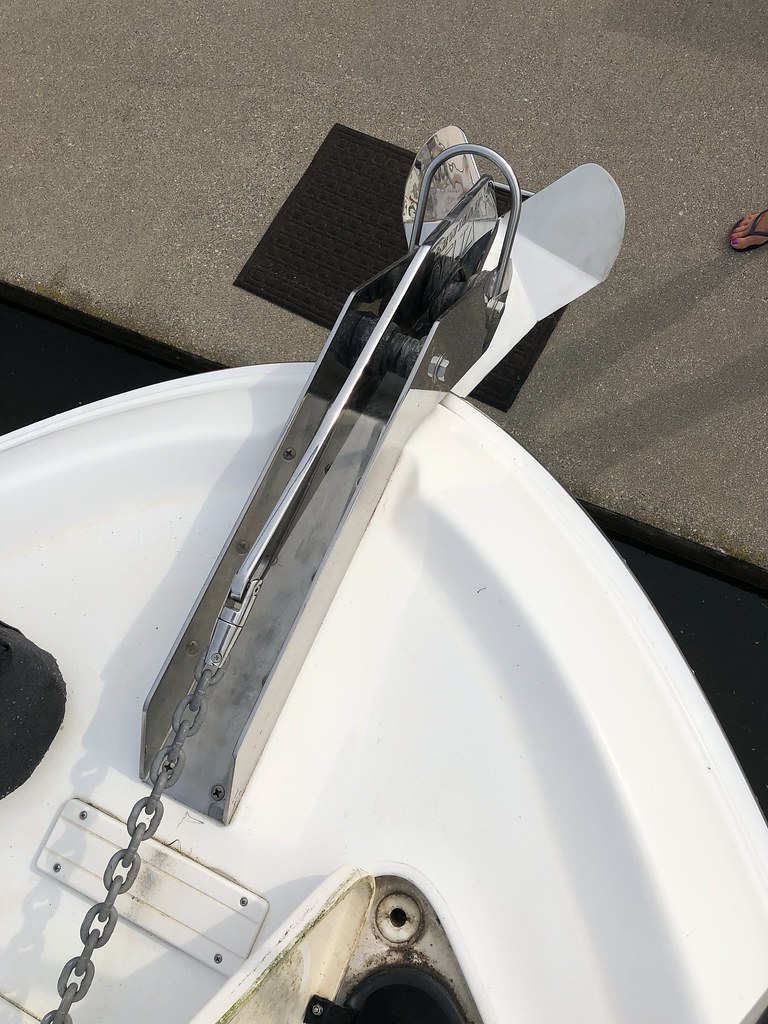douglee25
Well-Known Member
I need to redo my anchor to chain splice. It has been giving me fits for the past year which gets me riled up while out on the water. It just happened again while my folks were in town and it jammed BAD. The rope was pulled up through the gypsy over top of itself and the chain. It took me 20 mins to clear.
Anyway...I started looking for examples online and saw the typical 2 strands one way, 3rd strand the other way and braid it back down itself. This creates a fairly hefty braid size which contributes to the jamming that many see.
See here -
I also found this option. Frankly I've never seen this before, but it does appear to keep the rope size fairly consistent. My first thought was it reduces the splice strength by 33%, however, the main rope is still only 3 strands and technically the splice portion is 4 strands - two up and two back.
What are your thoughts? I am thinking of trying this version -
Anyway...I started looking for examples online and saw the typical 2 strands one way, 3rd strand the other way and braid it back down itself. This creates a fairly hefty braid size which contributes to the jamming that many see.
See here -
I also found this option. Frankly I've never seen this before, but it does appear to keep the rope size fairly consistent. My first thought was it reduces the splice strength by 33%, however, the main rope is still only 3 strands and technically the splice portion is 4 strands - two up and two back.
What are your thoughts? I am thinking of trying this version -


